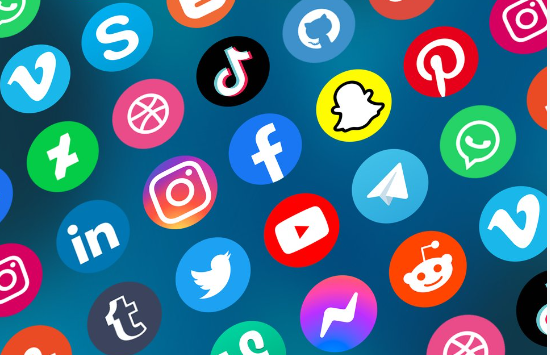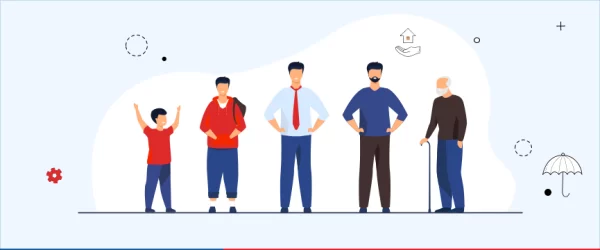Linguists Look to Technology to Preserve Dying Languages
Language apps could well be the key to saving dying languages.
As the English language gains prominence around the world, many native languages are suffering a decline. It is estimated that a language goes extinct as often as every two weeks. Is there anything that can be done to slow this trend? Technology might be part of the solution, with language-learning apps such as Duolingo offering courses for endangered tongues.
Duolingo, a free app that earns its profit from ad revenue, has attracted over 300 million users worldwide. It offers lessons for dozens of languages and functions like a game by having higher levels to unlock and providing rewards. Duolingo attempts to offer both languages that have high demand and those that have niche demand. For instance, the app added German, French, and Swedish courses for Arabic speakers in response to the Syrian refugee crisis and the influx of immigrants to those European countries. It also offers lessons for declining languages spoken by small groups of people, such as Irish Gaelic and Welsh.
Duolingo’s Myra Awodey says the company is in a unique position “not only to preserve dying languages but make them something that’s spreading.” Duolingo launched its Irish course in 2014, and over 3 million people have since engaged with the language on the app. Considering the fact that there are only 100,000 native Irish speakers, this is a pretty incredible feat. The president of Ireland even publicly thanked the company for helping to save the Irish language. Duolingo added Welsh at the request of the Prime Minister of Wales.
With these successes in mind, Duolingo’s newest endeavor was to add threatened indigenous languages. This year on October 8, which in some places was celebrated as Indigenous Peoples’ Day rather than Columbus Day, the app launched courses in Navajo and Hawaiian. These are two out of the estimated 3,150 languages in the world that face uncertain long-term survival.
So why exactly are so many languages endangered? According to Time magazine, languages can be threatened by anything from natural disasters to genocides. In the case of Hawaiian, the language was banned from schools in the 1800s when the U.S. overthrew the Hawaiian kingdom. Navajo, along with many other Native American languages and cultures, suffered supression, violence, and forced assimilation at the hands of white settlers for centuries.
Other major causes in recent years have been the internet, globalization, and the diffusion of popular culture. Olympic Heights AP Human Geography teacher Ms. Amanda Aiello clarifies, “I would define globalization as the growing interconnectedness of the world, both in terms of cultural traits and economics. Popular culture is mainstream culture, different from isolated or folk cultures. There is a theory that one day there will just be one dominant culture, and it will be this popular culture that’s driven by America.”
The internet is dominated by a handful of major languages such as English, Chinese, and French. “Somewhere between 55 to 70 percent of the content of the internet is in English. So if you don’t speak English, you’re removed from much of the world because you can’t access a lot of information on the internet,” asserts Aiello.
Katy Steinmetz of Time supports this claim about the trade-off that many speakers of minority languages face by writing, “To take advantage of the digital tools that are fast becoming inextricable from social mobility, they have to do it in a language other than their own. The next generation is disincentivized to spend time keeping endangered languages alive.” This makes sense; why would young people be motivated to speak an essentially irrelevant ethnic language if they have to learn a dominant global language anyway in order to be successful in today’s business world and society? Some optimists argue that having a universal lingua franca, or common language, will simply enable collaboration and make problem solving easier.
But the disappearance of native tongues should in fact be concerning. “If languages encode ways of viewing the world, then something is lost each time a language ceases to be spoken,” says Gary Holton, a linguistics professor at the University of Hawaii. The loss of a language is comparable to the loss of a species; our understanding of history and humanity becomes more limited with each extinction of a language.
Aiello also expresses her concerns, elucidating, “The way you think and the words you think in reflect your cultural values, and a lot of times there’s no way to translate certain words from certain languages. So you lose a bit of your cultural uniqueness when English, which is becoming the lingua franca of the world, diffuses and threatens local languages.”
The key to keeping a language alive is to make sure that new generations learn it, and the most effective way of engaging young people may very well be through technology such as gamified apps. While downloading an app like Duolingo will hardly make a user a fluent speaker of a language, it can at least increase awareness and interest. “Even if all it does is build an awareness that there is a diversity of languages out there, that’s an enormous step,” states Holton.
Aiello believes that “technology can be good for preserving languages because you can literally document and record them. You can connect with people who speak the same language. You can interact in that language and maybe even pass it down to future generations through education.”
Hopefully, we will thus be able to preserve the Earth’s diverse multitude of languages for many years to come. Anyone can contribute to this effort simply by picking up some new words or phrases, devoting a bit of time on a language app, or broadening their horizons with foreign movies and music.











